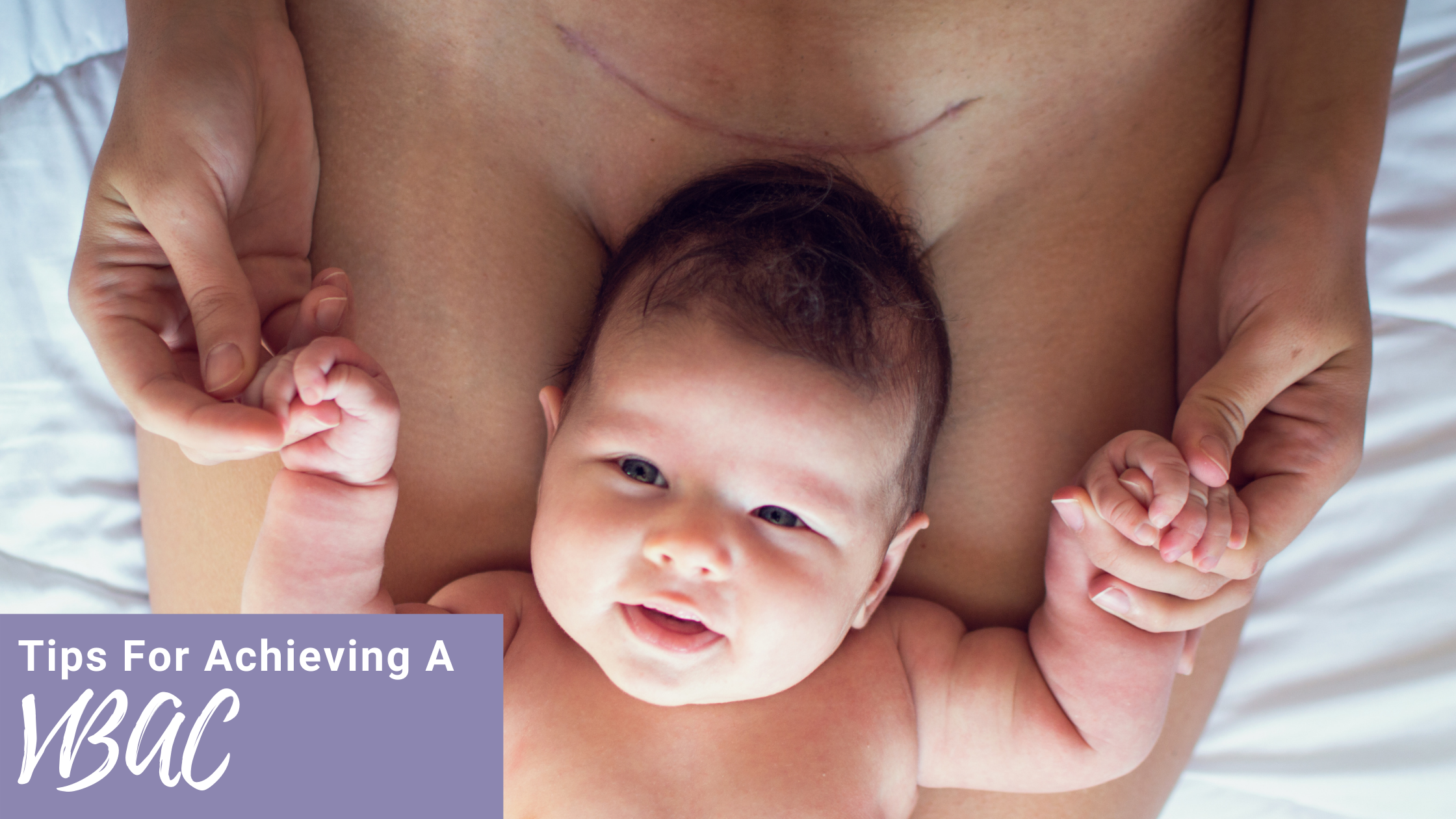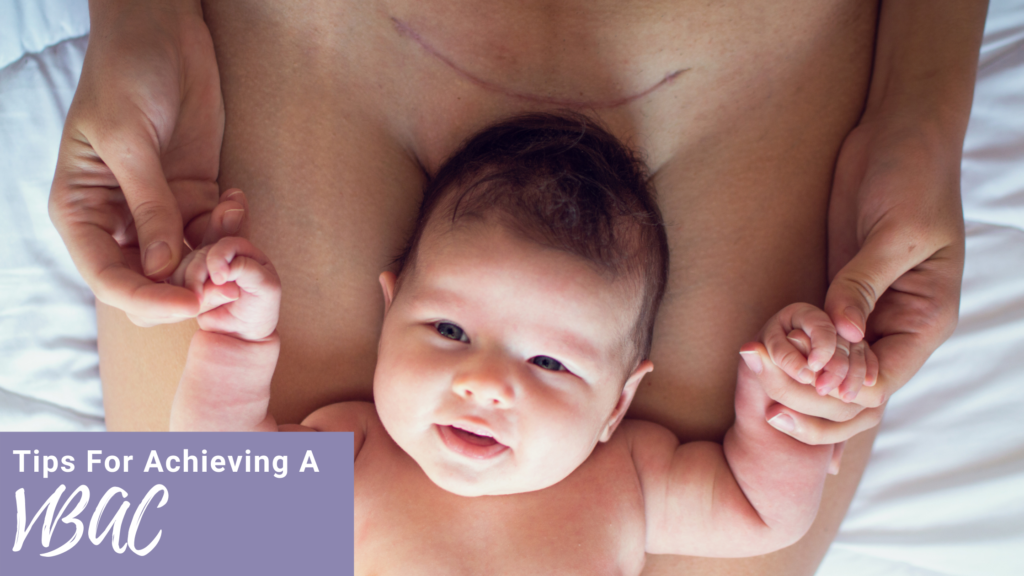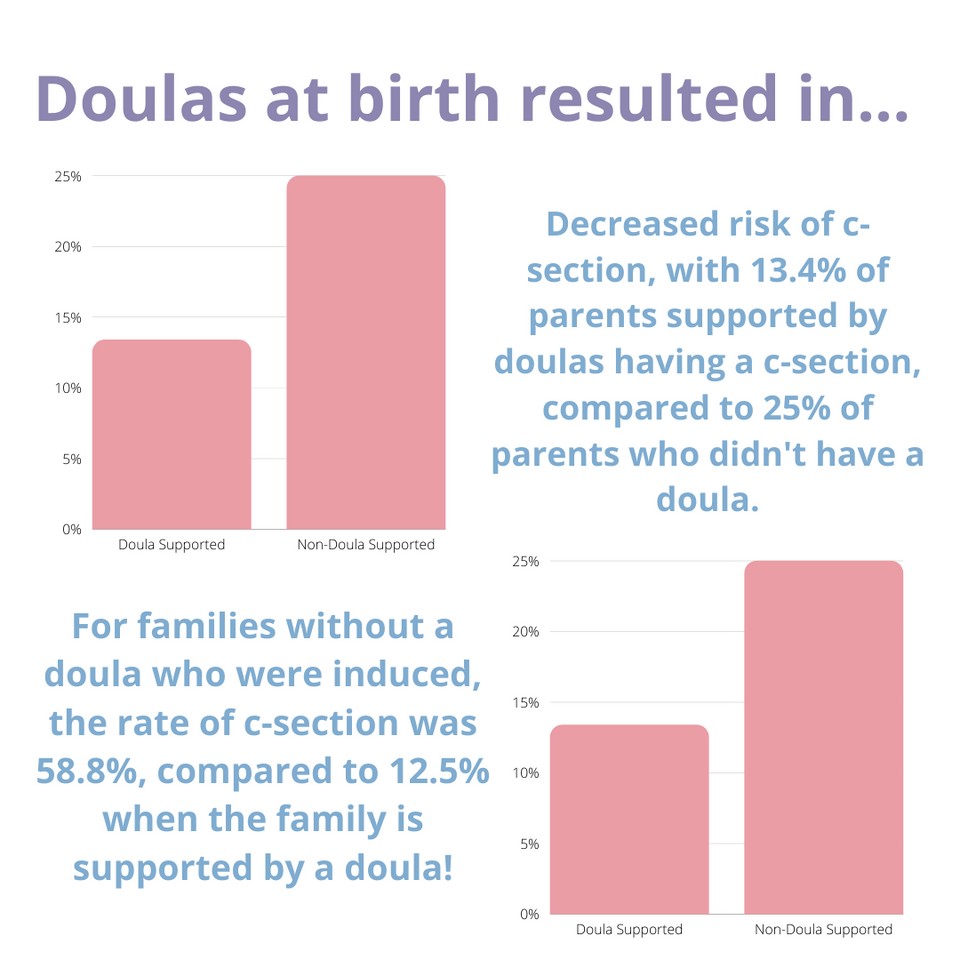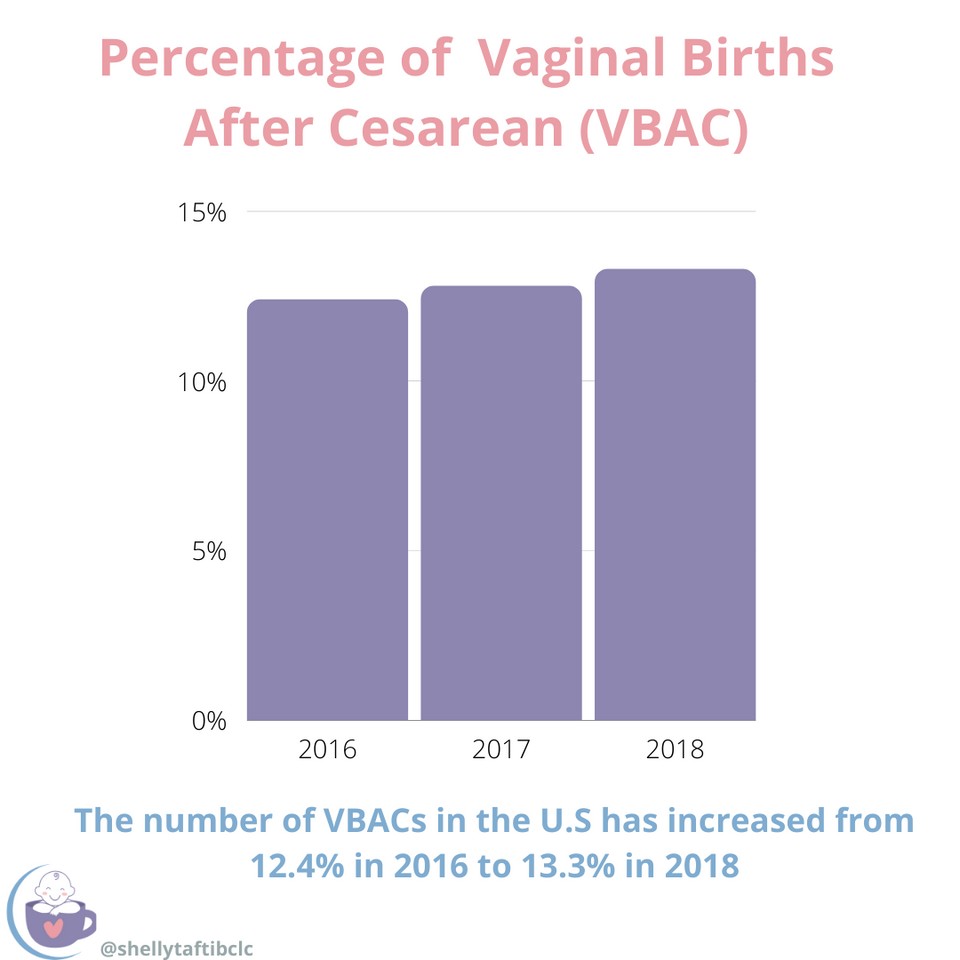Tips For Achieving a VBAC (Vaginal Birth After Cesarean)


Cesarean surgeries save lives and are often necessary, but in the United States they are done more than the World Health Organization deems necessary.
Although our culture treats c-sections like they are no big deal, they are in fact major abdominal surgery that carries risk of complications and makes it harder to recover postpartum while caring for your baby.
There’s a lot of research showing that c-sections can negatively impact milk supply as well.
So it’s no surprise that many parents who had a c-section with their first, want to avoid it with their second baby. This can be harder than you think….
Tip #1 – Find a VBAC Supportive Provider
The hardest part of having a VBAC can be finding a provider that is willing to support you towards your goals.
Many providers are hesitant to assist a parent in having a VBAC, and can push for the parent to have a repeat c-section.
They will also put restrictions on the parent’s attempt to have a VBAC, such as automatic c-section once they hit a certain date in their pregnancy, encouraging inductions, etc.
It’s so important to have a provider that supports your goals. Asking local parenting groups can be helpful in getting referrals for VBAC friendly providers in your area.
Tip #2: Hire A Doula
Let’s talk about one of the best ways to increase your chances of having a vaginal birth after cesarean, or VBAC.
Hire a doula!! 🙌🏻
Doulas can help you advocate for yourself and provide non-medical support to help you avoid any interventions that you don’t want.
Research has shown that the less interventions that occur during your birth, the lower the risk of a cesarean.
By lowering your risk, you increase your chances of achieving your VBAC goal!
So how do doulas help lower the risk of VBACs?

Studies have shown again and again that families who have a doula at their birth report feeling happier with how their birth went. They also who lower rates of intervention, especially when it comes to c-sections!
For families with a doula, the rate of c-section was only 13.4%, compared to 25% for those families without a doula.
The statistics get even more impressive when looking at families who were induced. In those cases, the rate of c-section for families with a doula was only 12.5%, compared to 58.8% for families without a doula!
Tip #3 – Make a Clear Birth Plan and Labor At Home As Long As Possible
Having a discussion about your birth plans and goals with your partner and provider is very important. We want to make sure your provider clearly undestands what your plans and goals are, and that your partner is on board too!
And if you have a low risk pregnancy, laboring at home for as long as possible can be beneficial in avoiding that VBAC as well.
Achieving a VBAC is Possible But Not Always Easy – Is There Hope?

Let’s take a look at what VBAC in the U.S looks like (as of 2018). 🤓
According to the Center for Disease Control and Prevention (CDC):
⭐ The VBAC rate in 2016 was 12.4%
⭐ In 2017, the VBAC increased slightly to 12.8%
⭐ In 2018, we see a bigger increase, with a VBAC rate of 13.3%. This is a step in the right direction! 🎉
Other CDC birth statistics from 2018:
✅ The rate of Cesarean births decreased back down to 31.9% compared to 2017, when it was 32%. While this is good, the 2017 rate was the first increase in cesarean birth since 2009, so it’s not really progress.
✅ The rate of cesarean births for women with low risk pregnancies did decrease slightly, from 26% in 2017 to 25.9% in 2018.
✅ The rate of primary cesarean births (meaning women who have never had a cesarean before) decreased slightly as well, from 21.9% in 2017 to 21.7% in 2018.
So what does this all mean? Well, it means the U.S is making small, incremental progress towards the WHO’s suggested cesarean rate of 10-15%, but we still have a long way to go.
Did you have a VBAC? Share your tips for achieving a VBAC in the comments!
